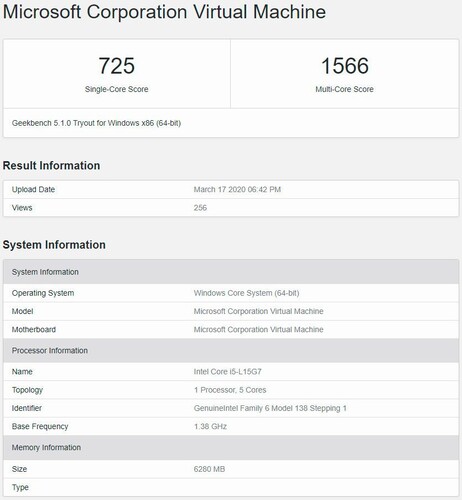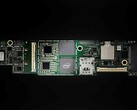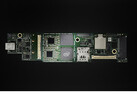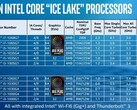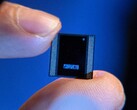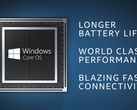The Intel Lakefield architecture is something of a slow burn. Announced at the company's 2019 Fall Processor Conference, a few examples of the stacked processors have appeared on popular benchmarking tools in the last few months. As we have discussed before, Lakefield processors will contain one Sunny Cove core based on a 10 nm process, along with four Tremont cores that are all contained on a 22 nm Foveros die.
Following the sightings of the Core i5-L16G7, a Core i5-L15G7 has appeared on Geekbench. Brought to our attention by @InstLatX64, the five-core processor can seemingly clock between 1.38 GHz and 2.95 GHz. According to @InstLatX64, the Core i5-L15G7 also has 1.5 MB of L2 and 4 MB of L3 caches. Notably, the processor appears to have the maximum volume of cache that the Lakefield architecture supports.
Identified by Geekbench as GenuineIntel Family 6 Model 138 Stepping 1, this could well be the same processor that someone benchmarked on the same website last September. This chip did reach 3.11 GHz for reference, though.
Just as was the case last year, this new benchmark listing reveals little if anything about the performance capabilities of the Lakefield architecture. The same applies to the Core i5-L15G7, which we would expect to feature Intel Gen11 graphics along with a TDP of between 5 W and 7 W, according to Intel's announcement last year.
While it may seem simple to compare these new benchmark results against those from other popular processors like the Snapdragon 835, doing so ignores several factors.
Firstly, one would be comparing an engineering sample against retail chips. Secondly, it appears that the results were obtained in a virtual machine. Hence, there is no way that this benchmark result reflects what this engineering sample is capable of. The same applies to the Lakefield architecture as a whole. Hence, while the Core i5-L15G7 may rival or outperform the Snapdragon 835 currently, comparing the former in such terms ignores that it will not be performing at its full capabilities and as such does not offer any useful insights, in our opinion.





